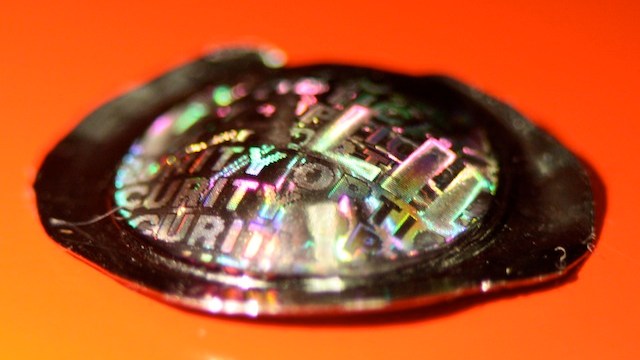The Future of Laptop Displays

Front-lighting technology similar to Amazon’s Kindle will eventually be standard on computers and up-coming e-devices, meaning the computer display currently burning holes in your eyes won’t last forever. The problem now is one of either/or. Users must choose between the comfort of reading on a front-lit device like Kindle, or a back-lit one like iPad. Pixel Qi is one company working to change that; it believes that the future of computing lies neither in the processor nor the operating system, but rather in the screen.
The idea that a single computer display could alternate between front and back lighting is at least four years old. In 2006, when Nicholas Negroponte presented his non-profit organization One Laptop per Child (OLPC) in a TED lecture, one specification he wanted for his laptops, designed to bring modern education tools to the world’s poor, was a dual-display, one that could switch from the bright, familiar computer monitor to a softer, sharper display that would parallel the experience of reading a paper book.
Out of this idea, Pixel Qi was born. Now led by Negroponte’s OLPC co-creator Mary Lou Jespen (who recently gave an interview to Big Think), Pixel Qi’s front-lit display will benefit the non-profit OLPC and users in for-profit computing markets.
A duel front and back-lit screen offers a unique solution for OLPC, which must confront the issue of electricity scarcity in developing countries (bright, back-lit displays burn through a lot of electricity). Pixel Qi claims that eighty percent less electricity is used with its screen, which as a consequence, reduces demands on the battery life of laptops.
Some let out a sigh of disappointment when the iPad was introduced with only a back-lit screen rather than allowing users to read text on a display much friendlier to the eyes. It seems sure that displays of the future will incorporate the best qualities of the Kindle and iPad.





